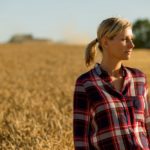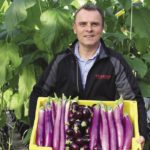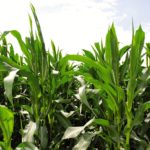Job descriptions: The right HR tool for our farms
“Self-efficacy” is a concept worth learning for farmers who want to manage their way to better farm productivity

Your next employee
The solution to your labour shortage may be just waiting for you to give her a chance

Tough news on fleabane
It takes a well thought out plan to keep glyphosate-resistant Canada fleabane in check

Real results from public canola research
Potential benefits include genetic resistance to sclerotinia and clubroot

Who’s to blame?
Variable-rate technology is getting adopted, but not nearly as quickly as many farmers would like. Finally, this may soon change.

Making ethnic markets pay
In Toronto alone, consumers are buying $400 million a year of imported ethnic vegetables. Could it make sense to grow them here?

Improving nature
Corn and the environment can work hand-in-hand, and thanks to our farmers, in many cases, they already do

What’s your cultural intelligence quotient?
Creating an environment that welcomes and is open to other cultures actually helps boost farm performance

Sulphur: Neglect it at your cost
Sulphur levels are falling in our soils due to reduced air pollution. It’s time to start monitoring yours

Corn yields still on the rise
Check out the numbers when you use interpolated data to even out our year-by-year weather swings


